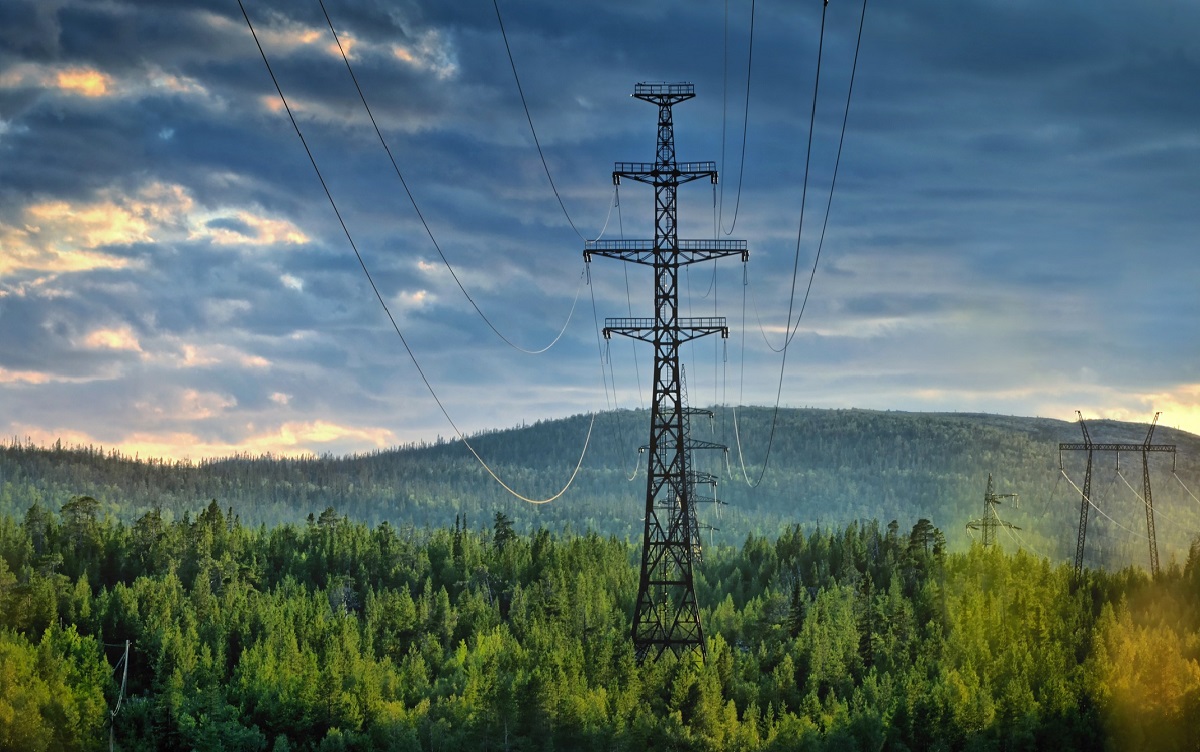“Climate change has created a new wildfire reality for California,” warned a 2019 report commissioned by Governor Newsom. Ten of the state's most destructive wildfires have occurred since 2015, and 15 since 2000.
The recent mass power outages -- and the ones planned for this week -- are one method of adapting to that new climate reality. Citing heightened wildfire risk, California utility PG&E cut off power to an estimated 2 million Californians in early October. Less than two weeks later, they say they’ll subject an additional 500,000 customers to outages. And unfortunately, more shutoffs are coming. They may even be “the new normal,” according to Region 9 of the EPA, which covers California.
That’s why it’s important to ask what we can learn from PG&E’s failures earlier this month. PG&E has been widely criticized for pretty much every aspect of how it handled the blackouts, from allowing its website to crash to causing physical crashes.
But the most damning thing about PG&E’s failures is that they didn’t affect all Californians equally. California residents who are disabled or medically fragile were forced to scramble for backup power for electric wheelchairs, at-home dialysis machines, and sleep apnea machines.
PG&E provided just one or two emergency-charging stations per county. As disability advocates on Twitter pointed out, they were inadequate and unwelcoming. One man, Robert Mardis, Sr., died minutes after PG&E cut power to his home, shutting off the oxygen tank he depended on.
Many low-income Californians couldn’t afford pricey backup generators or nights in a hotel that still had power. Some saw a week of food spoiled, and were left wondering how they would feed their kids. Hourly workers lost precious income.
To put it bluntly: This is climate injustice. It’s not just that those with disabilities, illnesses, or low incomes are more likely to be devastated by wildfires, although that’s true. It’s also that PG&E’s clumsy, mismanaged attempts at climate adaptation disproportionately harmed these same people.
PG&E executives want Californians to accept a stopgap solution in which all the losses, danger, and inconvenience fall on PG&E’s customers, rather than the utility. It’s a solution that harms the most vulnerable Californians, which is to say: It’s not a solution at all.
It’s not only in California where unequal, unjust “solutions” for climate adaptation are happening. Wealthier communities fund expensive seawalls and strong levees with their tax dollars. Low-income communities and communities of color struggle to. A recent NPR investigation found that FEMA disaster relief funds are disproportionately awarded to white and upper-income Americans.
Without proactive efforts to counter it, climate change and climate adaptation will increase inequality in this country beyond already unacceptable levels. These mass outages served as a sharp reminder of how crucial those efforts are. We must make climate adaptation plans centered on the needs of the most vulnerable. Otherwise, as we saw this month, climate adaptation can become a disaster in itself.
